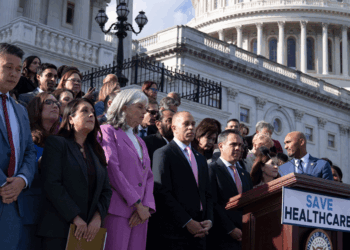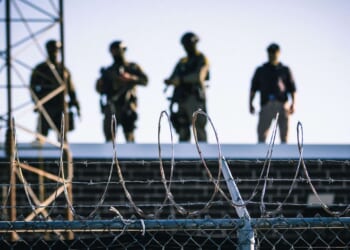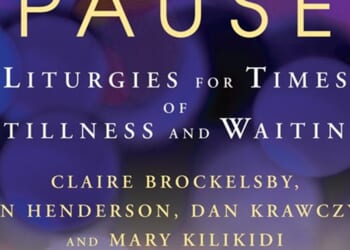ANTIGONISH, Nova Scotia (LifeSiteNews) — A Nova Scotia mother nearly died after she started bleeding out from complications arising from the abortion pill.
In an October 15 report by the Global News, Nova Scotia mother Cherise Basque recounted her terrifying experience at St. Martha’s Hospital in Antigonish, N.S, after she took abortion pills at home.
“It was heartbreaking because it felt like a nightmare,” she recalled. “You’re in a crowded room with all these professionals crying, begging for help, and nobody’s helping you.”
“I was begging for help, crying, pleading. I’m like looking down (at the blood), traumatized. I’m screaming at the top of my lungs, and nobody’s listening to me,” Basque continued.
Basque, a mother of five, had decided to end the life of her sixth child after doctors told her that it would not be safe to deliver her child due to complications with previous pregnancies. As a result, Basque decided to undergo a chemical abortion by taking abortion drugs at home. However, abortion – the direct killing of an unborn child – is never medically necessary to protect a woman’s health.
In a chemical abortion, the first pill, mifepristone, attempts to starve the child developing in utero by blocking the pregnancy hormone progesterone. However, after taking the first pill, a woman can still change her mind. She can undergo emergency procedures to reverse the effects of the first pill. Provided she has not taken the second pill, her baby can often be saved through this process, which is known as Abortion Pill Reversal.
The second drug required in a chemical abortion is misoprostol, which is taken 24-48 hours later, usually at home. Misoprostol causes the uterus to contract, expelling the baby. This can result in cramping, bleeding, and often requires medical attention.
This was the case for Basque, as the abortion resulted in excessive bleeding, since a part of the baby remained in her womb. Basque travelled to St. Martha’s Hospital, where she alleged that she was denied adequate care after telling the nurse that she had aborted her baby with abortion pills.
“All she heard was ‘abortion pill,’ and after that, she rolled her eyes at me. And she started treating me differently,” said Basque.
“She was, like, ‘No, well, you know what? It’s just the pill doing its job.’ She was like, ‘All this trouble, all this pain, and you can’t even bring home a precious little baby,’” she continued.
Basque was sent home but later collapsed and returned via ambulance for an emergency surgery.
Abortion pushers were quick to blame the hospital’s “religious affiliation” for the situation, while assuring women that the abortion pill is “safe.” However, complications and even death following at-home administration of abortion pills is not uncommon.
Campaign Life Coalition’s Pete Baklinski told LifeSiteNews that, “Mrs. Basque’s harrowing account of life-threatening complications after using the abortion pill is yet more evidence that this drug can seriously harm women while killing their preborn children.”
As LifeSiteNews previously reported, in August, a 19-year-old Ontario teenager died from an infection following a chemical abortion. Additionally, recently revealed data has shown that over 100 Canadian women have been severely harmed by the abortion pill protocol since 2017.
“How many more women must suffer—or, God forbid, die—before Health Canada admits it made a grave mistake in approving this drug?” Baklinski questioned. “One death is already too many. And how many more preborn children must perish before our nation awakens to the horror of the holocaust it has unleashed through the abortion pill?”
“Mifegymiso is an enemy of women and of humanity,” he declared. “It must be banned.”
Several American states have already banned the dangerous drugs after 14 women in the U.S. died from complications following chemical abortions between 2000 and 2011.
Additionally, as LifeSiteNews previously reported, 22 state attorneys general are calling for a review of the dangers of mifepristone and urging the Trump administration to reinstate abortion pill restrictions.

















